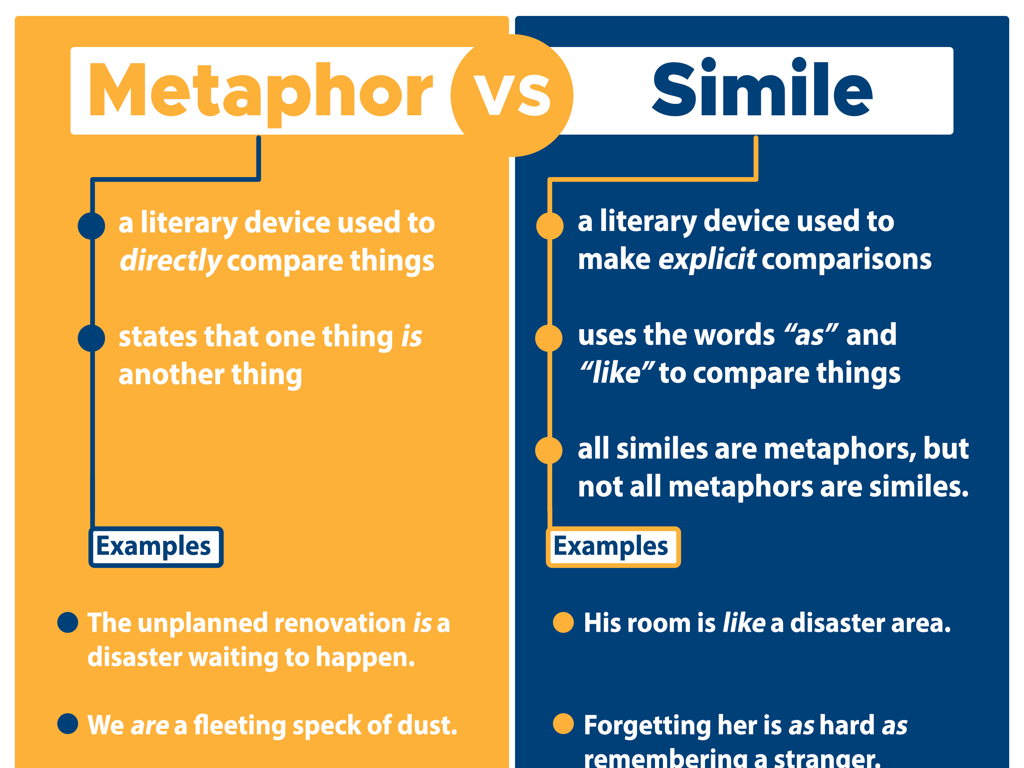Add Fractions With Like Denominators Using Strip Models
Subject: Math
Grade: Fourth grade
Topic: Understand Fraction Addition And Subtraction
Please LOG IN to download the presentation. Access is available to registered users only.
View More Content
Adding Fractions with Like Denominators
– Fractions represent parts of a whole
– If a pizza is cut into 4 pieces, each piece is a fraction of the pizza
– Like denominators: same bottom number
– Denominators are the same, like 1/4 and 3/4
– Adding fractions with like denominators
– Add the top numbers (numerators) and keep the bottom number (denominator) the same
– Using strip models for addition
– Draw strips divided into equal parts to visually add fractions
|
Begin the lesson by explaining that fractions are a way to represent parts of a whole, using everyday examples like slices of pizza. Clarify that like denominators mean the fractions have the same bottom number, which makes them easier to add. Teach students to add fractions by combining the numerators (top numbers) while keeping the denominator (bottom number) unchanged. Introduce strip models as a visual aid to help students understand how fractions can be added together. For example, show two strips representing 1/4 and 3/4, and demonstrate how combining them fills up a whole strip, which represents one whole. This visual representation reinforces the concept of adding fractions with like denominators.
Understanding Fractions with Strip Models
– A fraction shows part of a whole
– Written with a numerator and denominator
– Like 1/4 means 1 out of 4 equal parts
– Numerator: number of parts you have
– If you have 3 parts, numerator is 3
– Denominator: number of equal parts
– If whole is split into 8 pieces, denominator is 8
|
Begin by explaining that a fraction represents a part of a whole, like a slice of pizza out of a whole pizza. The two numbers in a fraction are the numerator and the denominator. The numerator, which is the top number, indicates how many parts we are considering, while the denominator, the bottom number, shows into how many equal parts the whole is divided. Use strip models to visually demonstrate this concept by drawing rectangles divided into equal parts. For example, if a strip is divided into 4 parts and we color in 1 part, this represents the fraction 1/4. This visual aid will help students grasp the idea of fractions more concretely. Encourage students to create their own strip models with different fractions to solidify their understanding.
Visualizing Fractions with Strip Models
– Strip models illustrate fractions
– Imagine a chocolate bar divided into pieces
– Each strip represents one whole
– Think of a ruler as a strip divided into inches
– Equal parts in each strip
– If a strip has 4 parts, each part is 1/4
– Shaded areas show the fraction
– Coloring parts helps see the fraction size
|
This slide introduces students to the concept of using strip models to visualize fractions. A strip model is a rectangular representation of a whole, which is divided into equal parts. Each part represents a fraction of the whole. By shading the appropriate number of parts, students can see what different fractions look like and how they can be added together when they have like denominators. For example, if two strips are divided into four parts each, and one strip has 1/4 shaded and the other has 2/4 shaded, combining the shaded parts shows that 1/4 + 2/4 equals 3/4 of a whole. Encourage students to draw their own strip models and shade in fractions to practice adding them together.
Adding Fractions with Like Denominators
– Understand like denominators
– Same size parts in fractions
– Combine shaded parts to add
– If you have 2/4 and 1/4, combine the shaded parts of both
– Denominator remains constant
– Add only the numerators
– For 2/4 + 1/4, we add 2 + 1 to get 3/4
|
This slide introduces the concept of adding fractions with like denominators to fourth-grade students. Begin by explaining that like denominators mean the fractions have the same size parts, which makes them easier to add. Use strip models to visually demonstrate how shaded parts are combined to represent the addition of fractions. Emphasize that while the numerators (the top numbers) are added together, the denominator (the bottom number) remains the same because the size of the parts does not change. Provide examples with strip models and encourage students to practice with different fractions that have like denominators to solidify their understanding.
Adding Fractions with Like Denominators
– Understand like denominators
– Denominators are the same: 4 in 1/4 and 2/4
– Add the numerators together
– We sum the top numbers: 1 plus 2
– The result is a new fraction
– We keep the same denominator: 4
– Example: 1/4 + 2/4 = 3/4
– Our answer is 3/4, as we added 1/4 and 2/4
|
This slide introduces students to the concept of adding fractions with like denominators using strip models. Emphasize that the denominators must be the same when adding fractions. Show how to add the numerators, which are the top numbers of the fractions, while keeping the denominator the same. Use the example of adding 1/4 and 2/4 to illustrate the process, resulting in the fraction 3/4. Encourage students to visualize the process using strip models, where each strip is divided into equal parts, and parts are combined to show the sum of the fractions.
Let’s Practice Adding Fractions!
– Add 2/5 and 1/5 together
– When we add 2/5 + 1/5, we get 3/5
– Add 3/8 and 2/8 together
– For 3/8 + 2/8, the result is 5/8
– Remember the addition rule
– Always add numerators, denominators stay the same
|
This slide is a class activity focused on practicing the addition of fractions with like denominators using strip models. For Example 1, show students how to add 2/5 and 1/5 by combining the shaded parts of two strip models, each divided into fifths. For Example 2, do the same with two strip models divided into eighths. Emphasize that when adding fractions with the same denominator, we only add the numerators (the top numbers) and the denominator (the bottom number) remains unchanged. Provide students with strip models and have them work on additional examples in pairs or small groups. Possible activities include creating their own strip models with paper, using interactive whiteboard tools, or drawing them in their notebooks. Encourage students to explain their thought process to reinforce their understanding.
Class Activity: Fraction Art
– Create strip models using paper
– Color and combine for fraction addition
– Use different colors to represent different fractions
– Share and explain your fraction models
– Discuss what fractions you made and how you added them
– Understand addition with like denominators
|
This activity is designed to help students visualize fraction addition by creating and combining colored paper strip models. Provide students with strips of paper and instruct them to divide and color the strips to represent different fractions with like denominators. Once they have their models, they should combine them to show the sum of the fractions. Encourage creativity in their representations. After creating their models, students will share with the class, explaining the fractions they chose and how they added them together. This hands-on activity reinforces the concept of adding fractions with like denominators and aids in developing a deeper understanding of the topic. Possible variations for different students could include using fractions to create patterns, combining fractions to form a whole, or even creating a fraction ‘collage’ to represent a more complex addition.
Conclusion & Practice Time!
– Excellent work on fraction addition!
– Homework: Finish the worksheet
– Practice adding fractions with same denominators using strip models
– Next lesson: Different denominators
– We’ll learn to add fractions with unlike denominators
– Keep practicing for mastery
|
Today’s class focused on adding fractions with like denominators using strip models, which is a foundational skill in understanding fraction addition. For homework, students are assigned a worksheet to reinforce what they’ve learned. This practice is crucial for their mastery of the concept. In the next class, we will build on this knowledge by exploring how to add fractions with different denominators. It’s important to remind students that learning to add fractions with like denominators is a stepping stone to more complex fraction operations. Encourage them to ask questions if they encounter difficulties with the homework.






